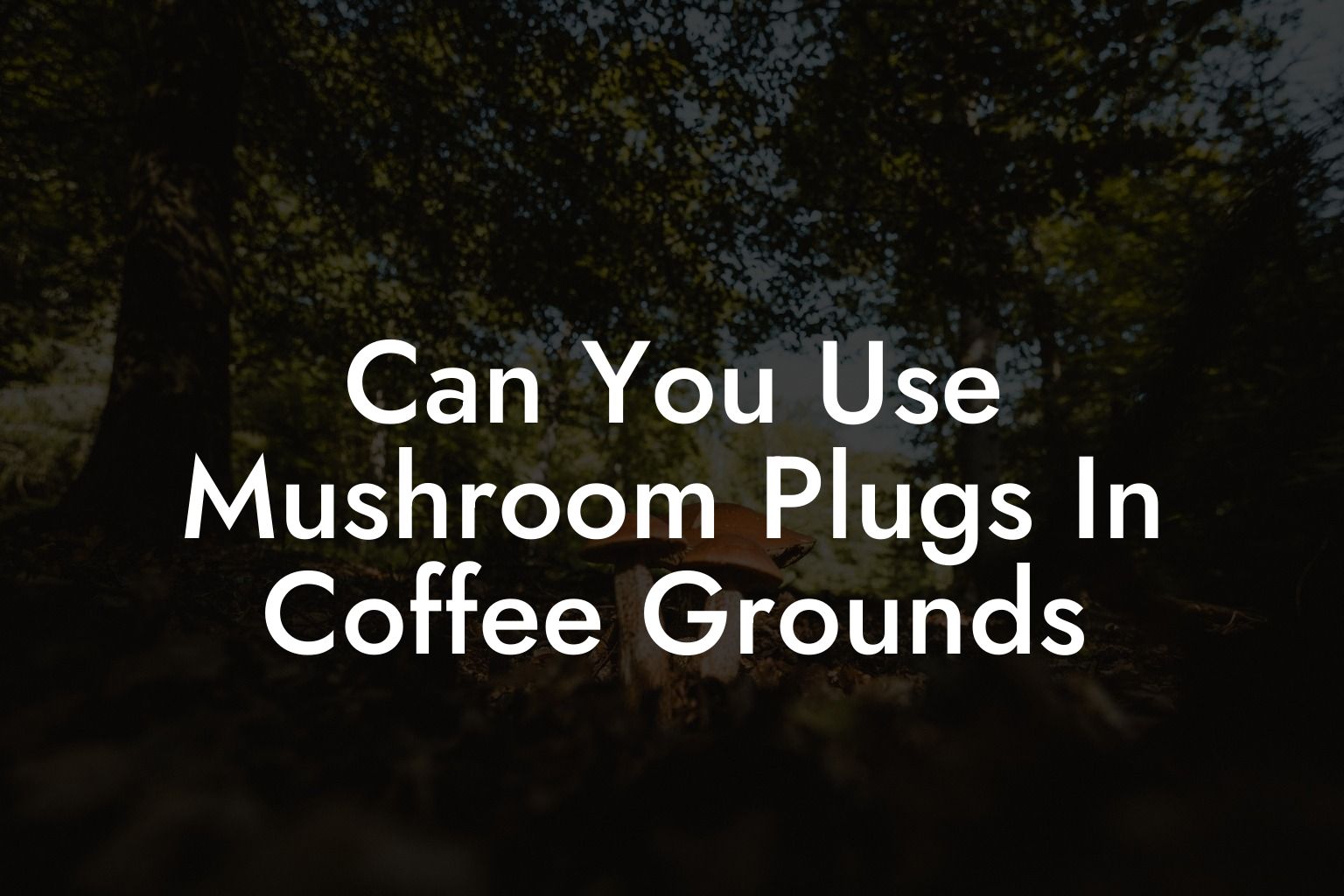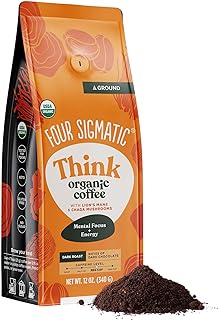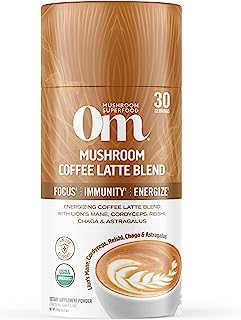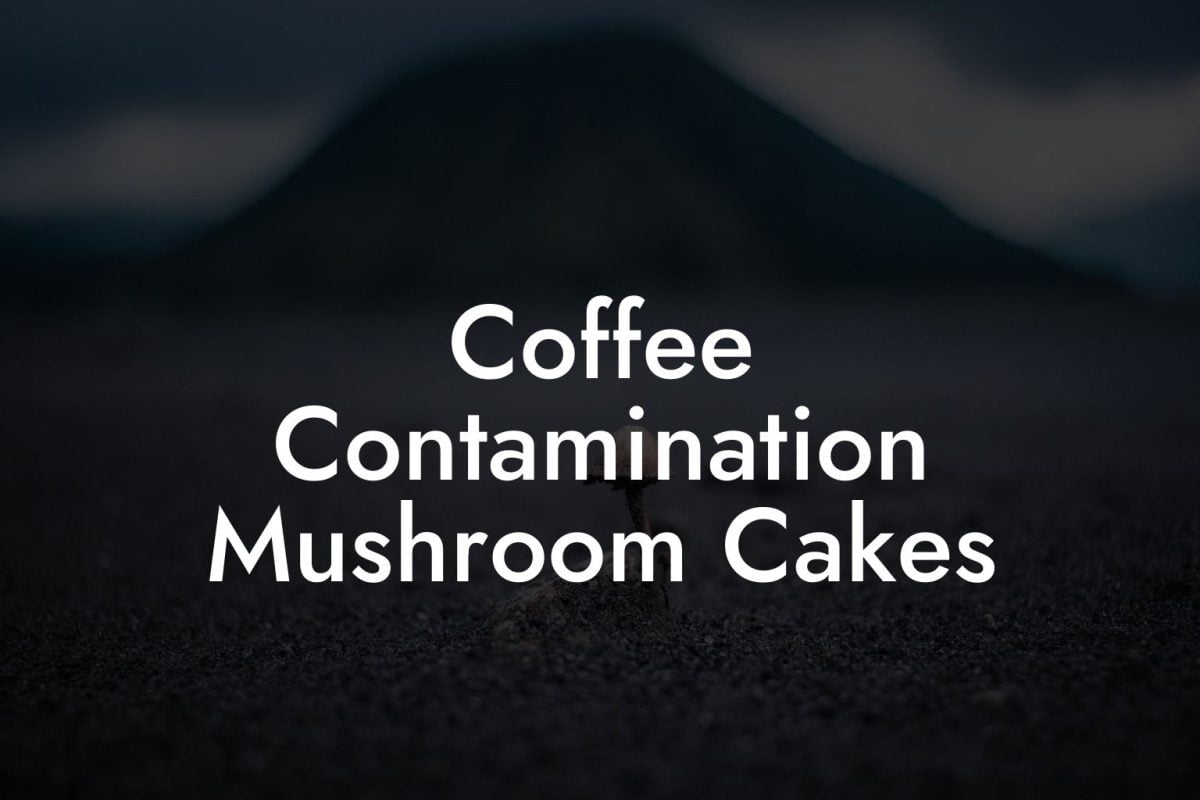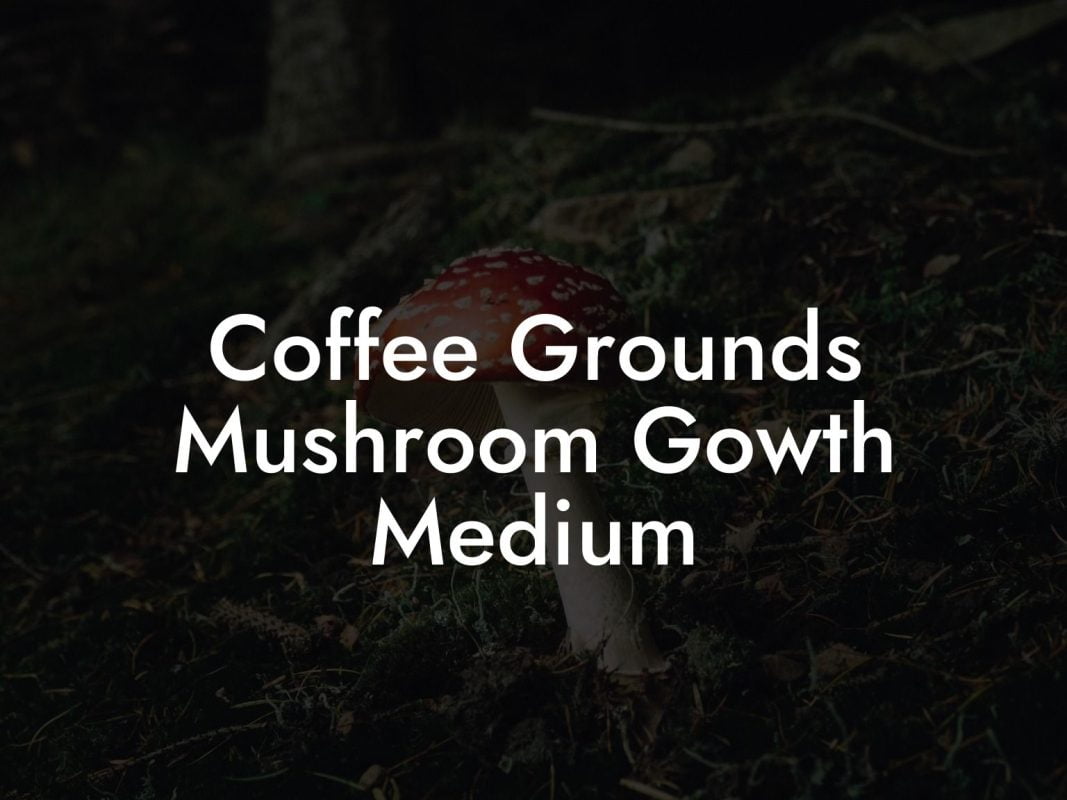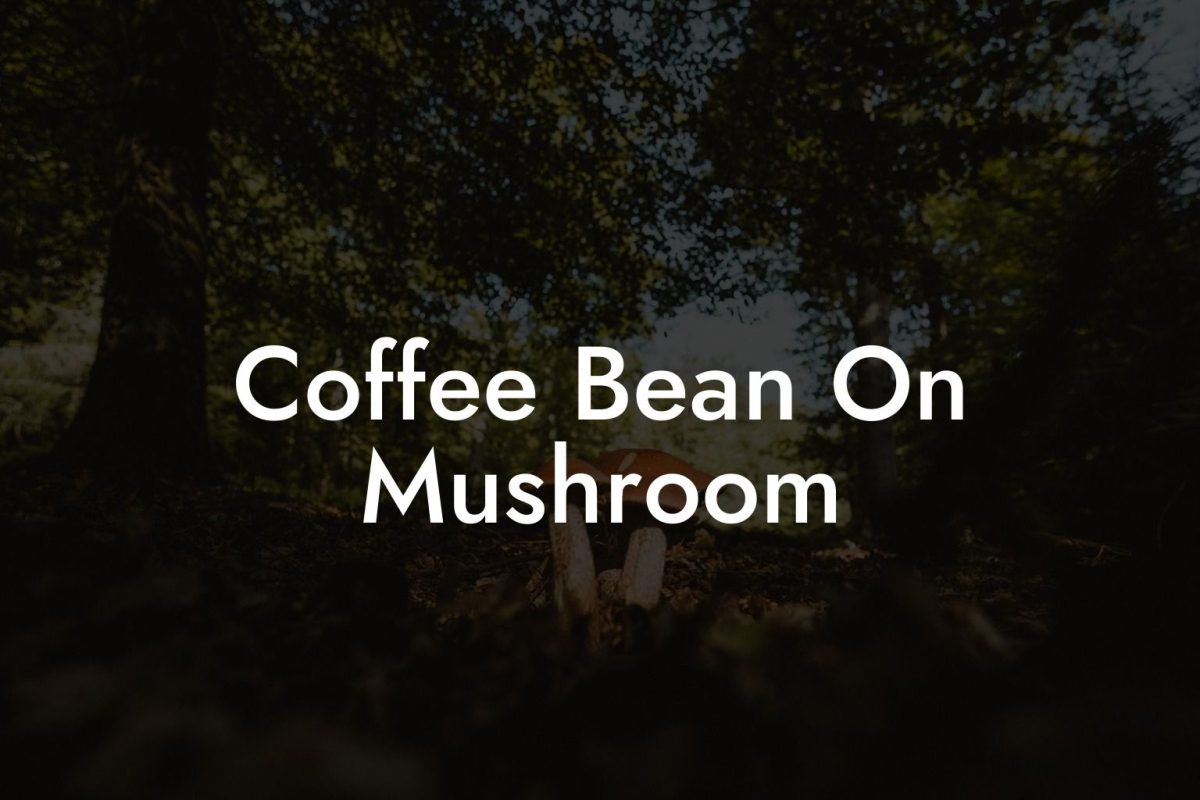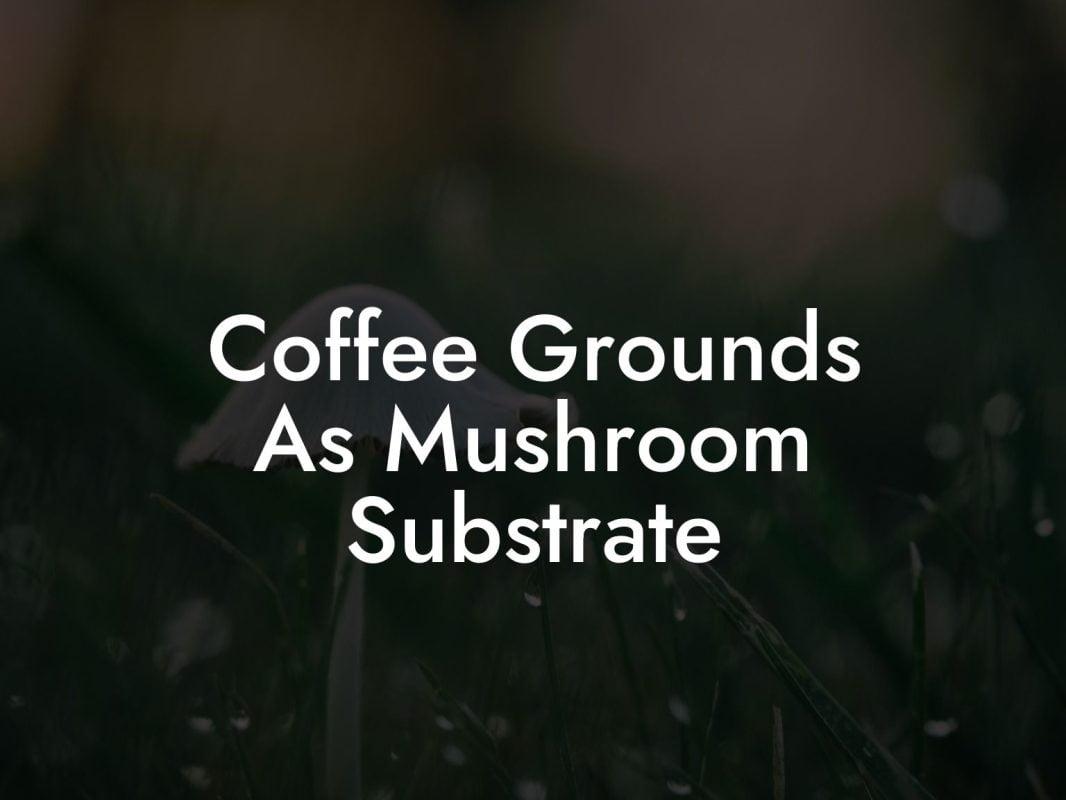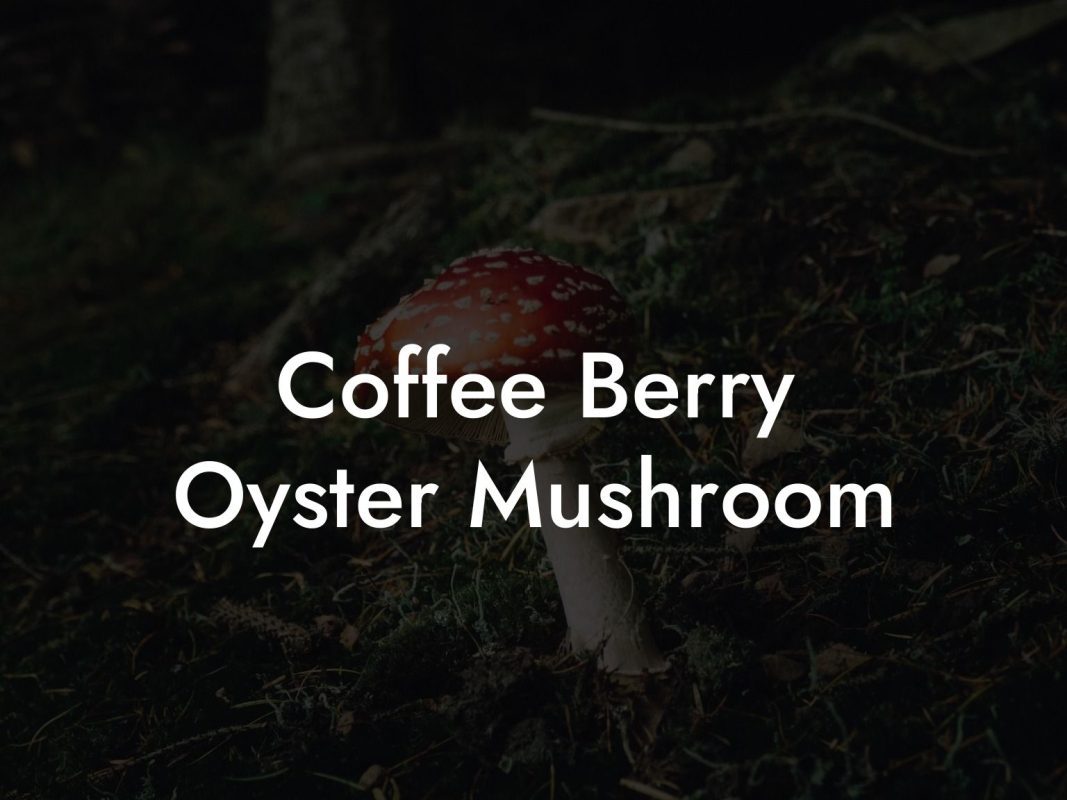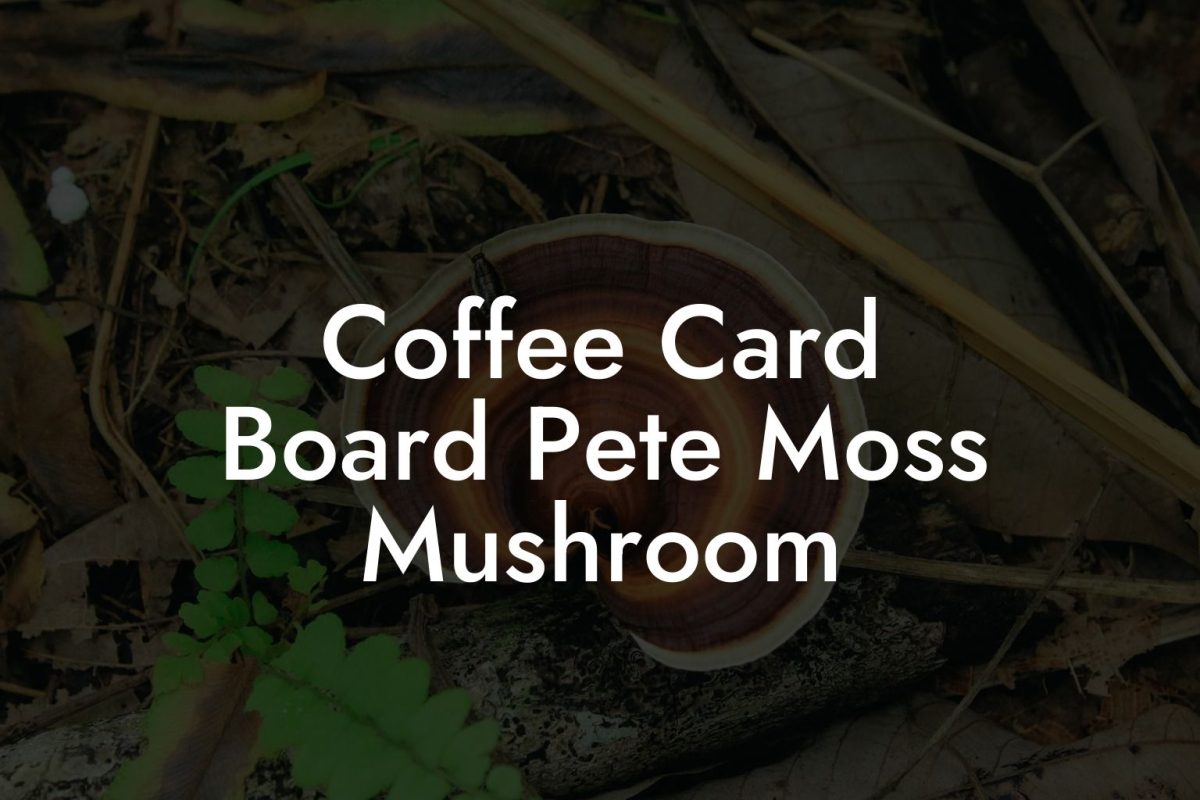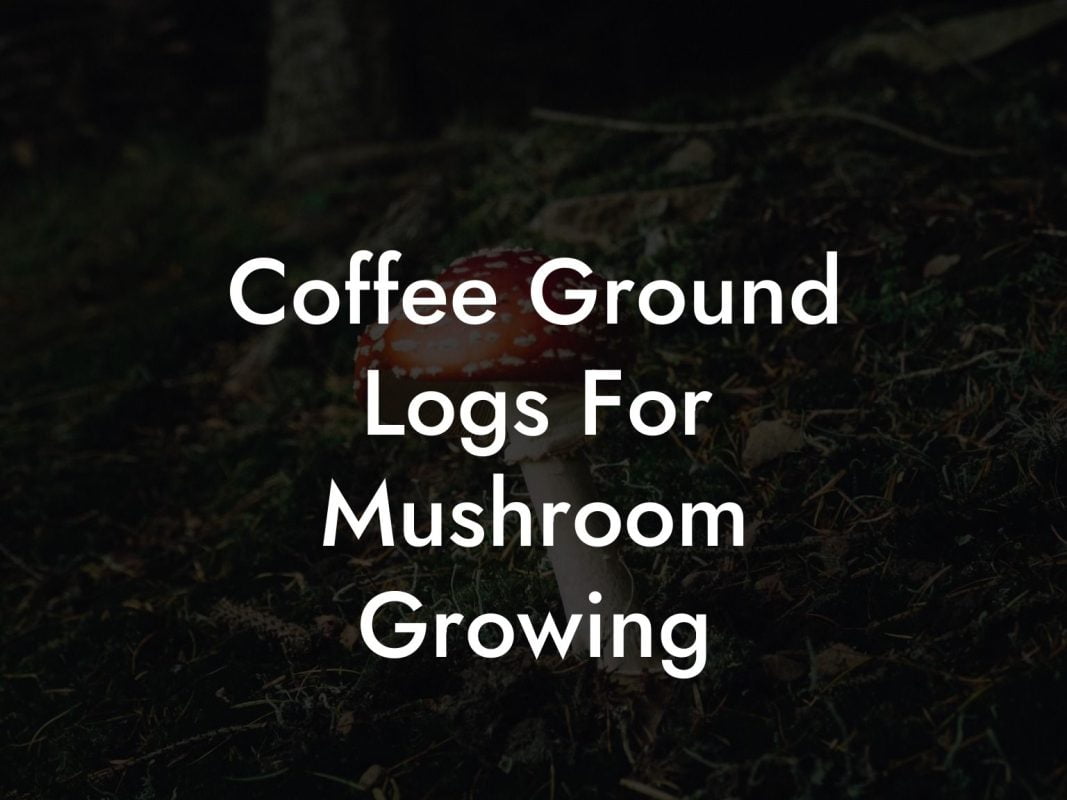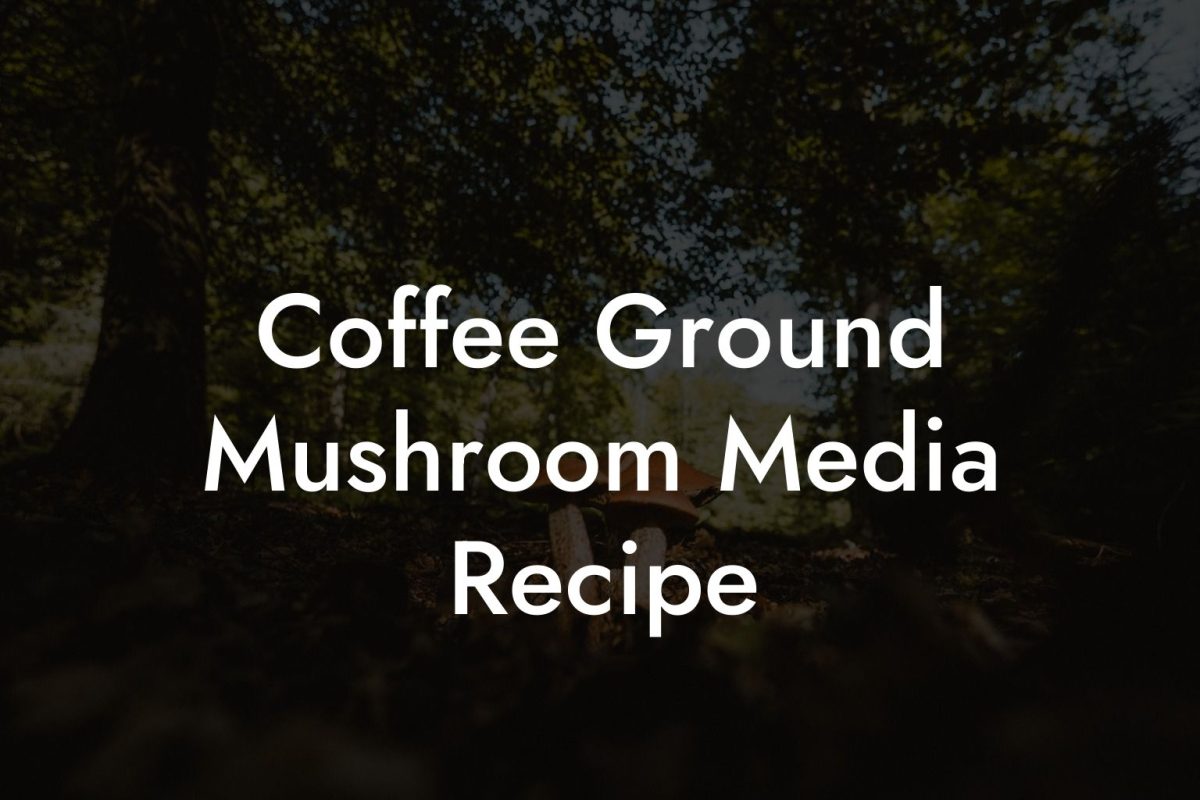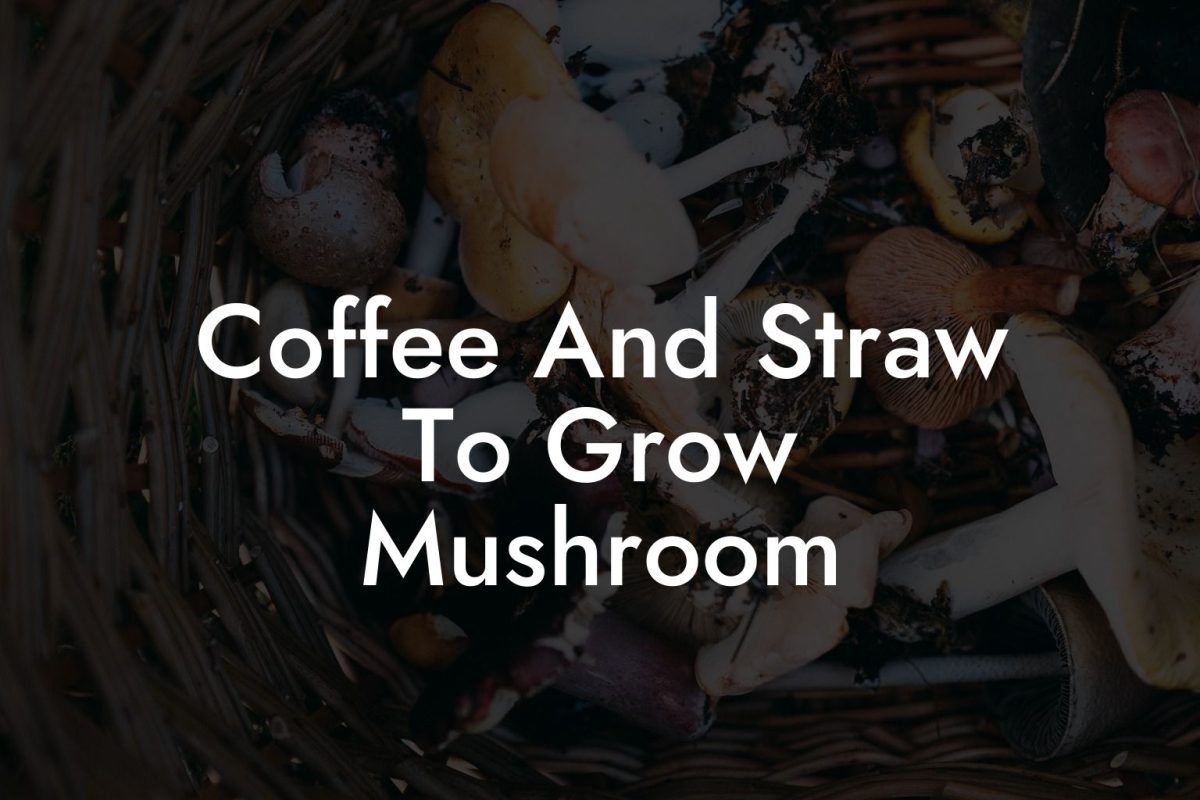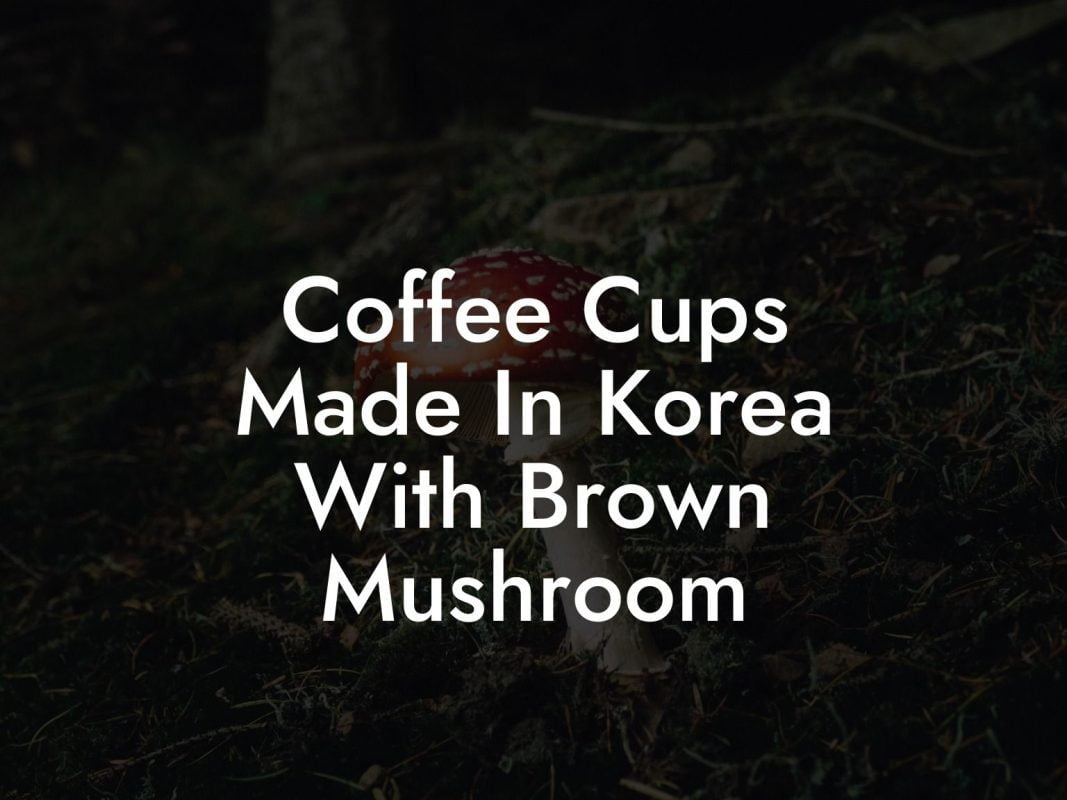Ever wondered if you could give your coffee grounds a funky, fungal twist? Welcome to the captivating universe of mushroom plugs and their secret rendezvous with coffee grounds, a mashup that’s as intriguing as it is innovative. For all you curious Gen Zers and trend-setting millennials, this in-depth guide is about to take you on a wild ride through the science, art, and DIY rebellion behind using mushroom plugs in coffee grounds. Grab your favorite cup of joe and prepare to dive deep into a world where coffee meets mushroom magic!
Quick Links to Useful Sections
- Unpacking the Mystery: What Are Mushroom Plugs?
- The Coffee Grounds Connection: Nature’s Nutrient-Rich Substrate
- The Science Behind the Magic: How Do Mushroom Plugs and Coffee Grounds Work Together?
- DIY Guide: Using Mushroom Plugs in Coffee Grounds Step by Step
- Step 1: Gather Your Supplies
- Step 2: Prepare Your Coffee Grounds
- Step 3: Inoculation Time
- Step 4: Incubation Period
- Step 5: Fruiting Phase and Harvest
- The Environmental and Economic Perks of Using Mushroom Plugs in Coffee Grounds
- Common Challenges and Troubleshooting Tips
- Moisture Mismatch
- Contamination Concerns
- Temperature Fluctuations
- Slow Growth
- Innovative Applications: Infusing Mushroom Coffee Culture
- The Gen Z & Millennial Angle: Fostering Creativity, Community, & Conscious Consumption
- Resources and Community Support: Your Next Steps
- Exploring Advanced Techniques: Experimenting Beyond the Basics
- Mixing Substrates for Enhanced Growth
- Temperature and Humidity Control
- Automated Monitoring and IoT Integration
- Sustainable Cultivation: A Marriage of Tradition, Science, and Innovation
- FAQ: Your Questions on Mushroom Plugs in Coffee Grounds Answered
- Your Journey to Revolutionary Mushroom Coffee Exploration
Unpacking the Mystery: What Are Mushroom Plugs?
Mushroom plugs are essentially small, inoculated wooden dowels or blocks that are embedded with mushroom mycelium. Think of them as nature’s power-up capsules, designed to jumpstart fungal growth in a substrate of your choice. Originally developed by mushroom cultivators to inoculate logs and sawdust, these plugs have now found their way into unconventional mediums like spent coffee grounds. With their roots in sustainable gardening and eco-friendly urban farming, mushroom plugs are becoming a hit with DIY enthusiasts looking to explore the world of edible and medicinal mushrooms.
In this context, the term “plug” isn’t about a battery or an electrical outlet, it’s about giving a little fungal friend the perfect environment to colonize and thrive. Whether you’re a seasoned mycophile (mushroom lover) or just someone who loves discovering innovative ways to reuse everyday materials, mushroom plugs are a game-changer.
The Coffee Grounds Connection: Nature’s Nutrient-Rich Substrate
Coffee grounds are more than just the remnants of your morning ritual, they’re a treasure trove of nutrients and organic compounds. Rich in nitrogen, they provide an excellent base for fungal growth. When combined with the robust mycelium of mushroom plugs, coffee grounds can transform from waste into a flourishing substrate that supports the growth of various mushroom species.
Not only are coffee grounds abundant (hello, daily coffee drinkers!), but they also offer a unique texture and moisture retention quality that enhances the colonization process of mushroom mycelium. The natural acids, organic matter, and minerals present in coffee grounds create an environment that mimics the conditions found in decaying wood and compost piles, prime real estate for fungal expansion.
Looking For The Best Mushroom Coffee? You'll Love These:
This unexpected marriage between caffeine remnants and mushroom plugs isn’t just innovative, it’s a testament to sustainable living. By repurposing coffee grounds, you’re contributing to waste reduction while nurturing your very own mushroom garden. In an era where environmental consciousness meets DIY creativity, this technique offers you the perfect opportunity to explore both.
The Science Behind the Magic: How Do Mushroom Plugs and Coffee Grounds Work Together?
To understand the intriguing dance between mushroom plugs and coffee grounds, we need to get a bit nerdy about the science. Mushroom plugs carry mycelium, the root-like, intricately woven network that forms the vegetative part of a fungus. This mycelium is a natural decomposer, adept at breaking down complex organic matter into simpler compounds that it can digest.
Coffee grounds, on the other hand, are loaded with cellulose, lignin, and a modest amount of unutilized nitrogen, making them a prime substrate for fungal growth. When the mushroom plug is inserted into a bed of coffee grounds, the mycelium begins its colonization journey. The process involves:
- Attachment: The mycelium latches onto the organic material present in the coffee grounds.
- Breakdown: Through the release of enzymes, the mycelium breaks down the complex molecules in the coffee, releasing nutrients.
- Expansion: The network rapidly expands, weaving through the substrate, gradually consuming the available nutrients and creating a vibrant, growing mycelial mat.
This symbiotic relationship is not only efficient but also an environmentally friendly alternative to traditional mushroom cultivation, instead of using commercial substrates, you’re tapping into a resource that would otherwise be discarded.
DIY Guide: Using Mushroom Plugs in Coffee Grounds Step by Step
Ready to roll up your sleeves and get your hands (and coffee grounds) dirty? Here’s a step-by-step guide to successfully transform your coffee waste into a burgeoning mushroom empire using mushroom plugs.
Step 1: Gather Your Supplies
First, make sure you have everything you need. Here’s a checklist for your mycological adventure:
- Mushroom Plugs: Choose a species that thrives on nutrient-rich substrates. Popular choices include shiitake, oyster, and lion’s mane mushroom plugs.
- Spent Coffee Grounds: Use fresh (but cooled) coffee grounds from your favorite brew. If you’re running a coffee shop or have a weekly habit, these are perfect for reuse.
- Mixing Container: A large, clean bucket or container to combine the plugs and coffee grounds.
- Sterile Tools: A clean knife or similar tool to help mix in the mushroom plugs.
- Moisture Control: A spray bottle with water, and optionally a plastic bag or lid to create a mini greenhouse effect for your substrate.
Step 2: Prepare Your Coffee Grounds
Begin by ensuring your coffee grounds are free from any contaminants. If they’re too wet, let them air-dry for a few minutes. Consistency is key, aim for a texture similar to damp soil. If desired, you can mix in a small amount of water to achieve the perfect moisture level.
Step 3: Inoculation Time
Gently mix in the mushroom plugs into your prepared coffee grounds. Ensure that they are evenly distributed throughout the substrate. This helps the mycelium to colonize every nook and cranny of your coffee grounds miniverse.
For an extra pro tip: If you’re feeling adventurous, mix in some other organic waste materials like small straw pieces or chaff to diversify the texture and nutrient profile of your substrate.
Step 4: Incubation Period
Once your coffee grounds and mushroom plugs have been combined, place the mixture into a container that allows for some airflow while retaining moisture. Covering it lightly with a plastic bag (punched with a few holes) creates an ideal incubation environment. Keep the container in a warm (ideally 68°F to 75°F), dark place for about 2-3 weeks.
During this incubation period, check your substrate every few days to monitor its moisture level. A light mist using your spray bottle can help maintain optimal conditions for mycelium expansion.
Step 5: Fruiting Phase and Harvest
After colonization, you might notice white mycelial threads creeping through the coffee grounds. This indicates that your substrate is ready for the fruiting phase. To trigger fruiting, move your container to a well-lit area with indirect sunlight and slightly more ventilation. You should start seeing the formation of tiny mushroom pins within a few days.
Once the mushrooms mature, it’s time to harvest them. Gently twist and pull the mushrooms, ensuring to leave a little behind to propagate further growth if desired. Enjoy your fresh, home-grown fungi with pride!
This DIY process is as much about embracing sustainability as it is about exploring the fringe of culinary creativity. Whether you’re cultivating your own oyster mushrooms or experimenting with medicinal varieties like lion’s mane, the fusion of coffee grounds and mushroom plugs is a refreshing way to add a little extra excitement to your green thumb endeavors.
The Environmental and Economic Perks of Using Mushroom Plugs in Coffee Grounds
One of the primary appeals of this innovative technique is its sustainability factor. In a world increasingly focused on reducing waste and recycling organic materials, repurposing coffee grounds has never been more relevant. Not only do you minimize your environmental footprint, but you also create a productive use for what is typically discarded.
Economically, using mushroom plugs in coffee grounds can slash your mushroom cultivation costs in half (or more). Instead of purchasing expensive substrates, you’re harnessing an abundant, nearly free resource, in other words, a DIY win for both your wallet and the planet.
In many urban settings, coffee shops generate tons of spent coffee grounds every week. Tapping into this resource not only closes the loop on waste management but also inspires you to join a community of like-minded eco-warriors who are passionate about sustainable living and home-based farming.
Common Challenges and Troubleshooting Tips
As with any DIY project, using mushroom plugs in coffee grounds has its share of challenges. Here are some common hurdles you might encounter and practical tips to overcome them:
Moisture Mismatch
Too much moisture can lead to the growth of unwanted bacteria or mold, while too little moisture might inhibit mycelium colonization. Keep an eye on the moisture level and adjust by spraying or letting the substrate breathe.
Contamination Concerns
Coffee grounds are a rich medium, which also makes them a potential breeding ground for contaminants. Always ensure your tools, containers, and work surface are clean. If you notice off smells or colors, remove the affected area immediately.
Temperature Fluctuations
Mycelium thrives in a stable temperature range. Sudden shifts in temperature can disrupt colonization. Aim for a consistent environment, and if you’re incubating indoors, choose a location away from drafts or extreme temperature changes.
Slow Growth
Sometimes, the mycelium may take longer than expected to colonize completely. Patience is key here, give it a little extra time, and consider checking the pH levels of your substrate if growth seems unusually slow.
Troubleshooting these common issues as soon as they appear will help you stay on track, ensuring a successful yield and a satisfying cultivation experience.
Innovative Applications: Infusing Mushroom Coffee Culture
Beyond the practical benefits of mushroom cultivation, there’s a growing cultural phenomenon around mushroom coffee, a beverage that blends the robust flavor of coffee with the earthy, health-boosting properties of mushrooms. While our focus here is on using mushroom plugs in coffee grounds for cultivation, the broader trend of mushroom coffee is sweeping the nation.
Mushroom coffee, often made with adaptogenic mushrooms like reishi, chaga, or cordyceps, is touted for its potential to reduce stress, enhance mental clarity, and even boost immunity. These health-forward beverages are resonating with millennials and Gen Zers who want products that align with both their lifestyle values and their taste for innovation.
The creative fusion of science and sustainability behind both mushroom plugs and mushroom coffee speaks volumes about a paradigm shift in how we view everyday items. Coffee isn’t just a beverage, it’s a catalyst for new ideas, a tool for sustainable practices, and a platform for community engagement.
The Gen Z & Millennial Angle: Fostering Creativity, Community, & Conscious Consumption
As digital natives, Gen Z and millennials are known for their inventive approaches to sustainability and self-expression. Using mushroom plugs in coffee grounds isn’t just a hobby, it’s a statement about rethinking waste, embracing eco-friendly practices, and blurring the lines between art, science, and food.
Social media platforms are abuzz with DIY mushroom cultivation projects. From Instagram reels showcasing time-lapse videos of mycelium colonization to TikTok challenges encouraging sustainable living, this technique has become a trend that is both educational and supremely shareable. By engaging with this community, you’re not only experimenting with a hands-on project, you’re joining a global movement towards environmental mindfulness and creative reusability.
Whether you’re a seasoned DIY guru or a curious beginner, experimenting with mushroom plugs in coffee grounds offers a unique opportunity to flex your creativity and contribute to a more sustainable future. Each cup of mushroom coffee you brew or each mushroom you grow is a small victory for a mindful, eco-friendly lifestyle.
Resources and Community Support: Your Next Steps
Ready to take the plunge into the world of mushroom cultivation with coffee grounds? Here are some practical resources and community supports to help guide your journey:
- Online Forums and Social Media Groups: Join Facebook groups, Reddit communities, or specialized Discord servers where DIY mycologists share tips, success stories, and troubleshooting advice.
- Local Urban Farming Workshops: Look for community-led workshops in your area that focus on sustainable agriculture, mushroom cultivation, and creative reuse of organic waste.
- Instructional Videos: Platforms like YouTube offer step-by-step visual tutorials that complement written guides and add a fun twist to the craft.
- Eco-Friendly Startups: Support businesses that are developing innovative, sustainable solutions in agriculture and waste management. Many of these companies share detailed guides and kits for mushroom cultivation.
- Books and Research Articles: For those who want a deep dive into fungal biology and substrate science, explore literature on mycology and sustainable agriculture available through your local library or digital platforms.
Taking advantage of these resources not only enriches your personal knowledge but also helps forge connections with a passionate, forward-thinking community that values mindfulness, creativity, and sustainable lifestyles.
Exploring Advanced Techniques: Experimenting Beyond the Basics
Once you’ve mastered the standard method of using mushroom plugs in coffee grounds, you might want to experiment with advanced techniques to optimize your yield and expand your mycelial horizons. Here are a few ideas to get you started:
Mixing Substrates for Enhanced Growth
While coffee grounds are a fantastic nutrient source, mixing in other organic materials can create a richer substrate. Try blending in a bit of coconut coir, sawdust, or straw to add diversity to the texture and nutrient profile. This not only promotes robust mycelial expansion but also caters to the preferences of different mushroom species.
Temperature and Humidity Control
Advanced cultivators often experiment with micro-climate adjustments. Consider investing in a small incubator or modified terrarium setup that allows you to control humidity and temperature more precisely. This can lead to more predictable outcomes and potentially higher yields.
Automated Monitoring and IoT Integration
For the tech-savvy, integrating IoT devices like temperature sensors and moisture meters can elevate your cultivation game. Monitoring your substrate conditions in real time using a smartphone app or web-based dashboard ensures that your mushroom plugs always have the perfect environment to thrive.
These techniques may require a bit more investment in terms of time and gadgets, but they can transform your humble coffee grounds substrate into a next-level, controlled growth powerhouse.
Sustainable Cultivation: A Marriage of Tradition, Science, and Innovation
Blending the old with the new, mushroom cultivation using reclaimed coffee grounds is a brilliant example of sustainable innovation. It harks back to traditional composting and fermentation methods while embracing modern advances in mycology and environmental science.
This sustainable practice not only redefines waste but also brings communities together around eco-friendly, shared projects. As more people recognize the potential of combining everyday resources like coffee grounds with the natural prowess of mushroom plugs, we see a surge of inventive, community-focused projects that redefine urban agriculture.
The practice fosters a deeper appreciation for the cycles of nature and the unexpected intersections between popular culture (think artisanal coffee) and cutting-edge environmental practices. It’s a vivid reminder that with a dollop of creativity, even what seems like waste can become a cornerstone of sustainable innovation.
FAQ: Your Questions on Mushroom Plugs in Coffee Grounds Answered
We know that melding mushroom plugs with coffee grounds might spark a few questions. Check out these frequently asked questions, crafted to demystify the process and clear up any confusion.
1. Can I really use coffee grounds as a substrate for mushroom plugs?
Yes, coffee grounds are rich in organic material and nutrients, making them an excellent substrate for mycelium to colonize when combined with mushroom plugs.
2. Do I need any special equipment to cultivate mushrooms this way?
Not really! Basic kitchen supplies like a mixing container, clean tools, and a spray bottle are enough to get started. Advanced setups might incorporate temperature and humidity controllers.
3. What types of mushrooms work best with coffee grounds?
Many varieties work well, especially oyster mushrooms, shiitake, and even some medicinal mushrooms like lion’s mane. It’s always a good idea to choose a species that thrives on nutrient-rich substrates.
4. How long does it take for the mushrooms to fruit?
After inoculation and incubation, you can expect the mycelium to colonize the substrate in about 2-3 weeks. Fruiting usually begins a few days after exposing the substrate to fresh air and light.
5. How do I know if my substrate is contaminated?
Signs of contamination include off-odors, unusual colors, or fuzzy, discolored growth. If you see these signs, it’s best to remove the contaminated portions and adjust moisture levels.
6. Can I reuse the coffee grounds after the mushrooms have fruited?
It is possible to get a second flush of mushrooms if conditions remain favorable. However, nutrients will gradually deplete, and you might need to supplement the substrate with additional organic material.
7. Is this method environmentally friendly?
Absolutely! Reusing coffee grounds reduces waste and promotes sustainable, eco-friendly cultivation practices.
8. Do I need to sterilize the coffee grounds before use?
While sterilization isn’t always necessary for coffee grounds due to their natural acidity, it can help reduce the risk of contamination in some cases.
9. Can beginners successfully cultivate mushrooms using this method?
Definitely! With proper attention to moisture, temperature, and cleanliness, even novice cultivators can achieve successful results.
10. Where can I source quality mushroom plugs?
Look for reputable online mushroom cultivation suppliers or local organic gardening stores. Reviews and community recommendations are key indicators of quality.
Your Journey to Revolutionary Mushroom Coffee Exploration
Embracing the practice of using mushroom plugs in coffee grounds is more than just a quirky DIY project, it’s an exploration of sustainable innovation, creative reuse, and the pursuit of natural wellness. Each step, from combining nutrient-rich coffee remnants with potent mycelium, is a chance to contribute to a future where waste becomes resource, and everyday materials transform into something extraordinary.
This revolutionary approach reflects the spirit of modern sustainability: it’s experimental, eco-friendly, and undeniably cool. Whether you’re aiming to cultivate gourmet mushrooms for your kitchen, explore the health-promoting potential of mushroom coffee, or simply enjoy the process as a creative outlet, you’re stepping into a community that values the intersection of science, art, and environmental stewardship.
So, go ahead, experiment with your coffee grounds, connect with fellow eco-conscious creatives, and let your inner mycologist shine. The world of mushroom plugs and coffee grounds awaits, offering endless possibilities to innovate, inspire, and make a positive impact on both your lifestyle and the planet.
Every journey begins with a single step. Embrace the unexpected, explore boldly, and enjoy every moment of your mushroom coffee adventure. The fusion of coffee, creativity, and fungal wisdom is here to transform how you think about sustainability, one cup, one plug, and one revolutionary idea at a time.
Looking For The Best Mushroom Coffee? You'll Love These:
Useful Interruption: Dive deeper into the world of Mushroom Coffee with our most popular sections. If there is anything you think is missing or anything you would love for us to write about, just give us a shout.
- Mushroom Coffee Equipment & Product Reviews
- Mushroom Coffee Recipes & Creative Variations
- Mushroom Coffee Guides & Troubleshooting
- Mushroom Coffee Brewing & Preparation Techniques
- Model Rocket Advanced Rocketry & Innovations
- Mushroom Coffee Fundamentals
- Model Rocket Equipment Reviews & Digital Tools
- Mushroom Coffee Health Benefits & Wellness
- Mushroom Coffee Mycology & Scientific Insights
- Mushroom Coffee Community, Lifestyle & Engagement
I tried mushroom coffee this morning and told my friend, "This brew is spore-tacular!" He shot back, "Guess that's why it's such a cap-tivating way to kickstart your day!"

